Ubuntu is a popular open-source Linux distribution based on Debian and Windows 11 is the latest major release of Microsoft’s Windows NT operating system. However, dual-booting Windows 11 and Ubuntu on a single machine provides the best of both worlds. In this tutorial, I will show how to dual-boot Windows 11 and Ubuntu on your computer step-by-step.
System Requirements to Dual Boot Windows 11 and Ubuntu
The minimum requirements for installing Windows 11 and Ubuntu as dual boot are:
- RAM: 4 GB
- Processor: 2 GHz dual-core
- Storage: 128 GB
- USB Drive: 4 GB
10 Steps to Dual Boot Ubuntu on Windows 11
Follow the below steps one by one to dual-boot Ubuntu as second OS on Windows 11 in the easiest way:
1. Download the Ubuntu ISO File
After backing up data, the first step of installing Ubuntu is to download Ubuntu’s ISO file. I’m downloading a 64-bit installer of Ubuntu 22.04.3 LTS.
2. Create a Bootable USB Drive
To create a bootable USB drive of the ISO file, use “Etcher”. It is a free and open-source application. First, Install Etcher on Windows. After installing, follow the steps:
- Open Etcher and select “Flash from File”.
- Select the ISO file from the location where you’ve downloaded it.
- Plug in a USB pen drive to the PC and click on “Select target”.
- Select your USB drive from the list.
- Finally, click on “Flash” to start flashing the ISO file into the USB drive.
After that, Etcher will flash the ISO file into your USB drive and make it bootable.
3. Create Disk Partition
To create a disk partition on Windows 11, follow the below steps:
- Search for “partition” on the start menu.
- Open Disk Management.
- Right-click on the (C:) drive and select “Shrink Volume”.
- Click on Shrink.
This will create a new partition from the available free space in (C:) drive.
4. Boot Ubuntu from USB Drive
To boot Ubuntu from the USB drive, follow these steps:
- Plug the bootable USB drive into the PC where you want to install Ubuntu.
- Search for “UEFI” on the start menu and open Change advanced startup options..
- Click on “Restart now” from Advanced Startup.
- Select “Use a device” and press ENTER.
- Select your bootable USB drive from the list appears and press ENTER. It will launch the boot window.
- Use the arrow keys to select the option “Try or Install Ubuntu” and press ENTER.
- Click on Install Ubuntu.
5. Select the Keyboard Layout
Select the keyboard layout and click on Continue.
6. Installation Setup
Select “Normal installation” and click on Continue. It’ll install web browsers, utility software, games, and media players during the installation.
7. Installation Type
Select “Install Ubuntu alongside Windows boot manager” for a dual boot installation. This is the easiest installation method for a dual boot that automatically allocates disk for Ubuntu from the remaining free space.
8. Set Your Location
Select your location from the drop-down menu on the map screen. However, this information will be detected automatically if the computer is connected to the internet. Then, click on Continue.
9. Create User Credentials
On this screen, type your name, computer name, and username. Then type and re-type a strong password. Finally, select “Require my password to log in”. Selecting this option will ask for the password every time you power on your PC. Click on Continue.
Now, installation will start. It may take a few minutes.
10. Restart the PC
At the end of the installation, an “Installation Complete” prompt appears on the screen. Click on Restart Now in this prompt.
You can see both operating systems and choose one every time you turn on the PC.
How to Dual Boot Windows as Second OS on Ubuntu?
Installing Windows as your second system with Ubuntu is valid too. You can do it with just a few simple steps:
- Make a partition. You can use GParted software to shrink the Ubuntu partition.
- Download Windows ISO and create a bootable USB.
- Insert the USB into your computer and restart it while continuously pressing the BIOS key.
- Boot from the installation media and use the partitioned unallocated space to install Windows.
You’re done. But after Windows is installed, your computer will likely boot directly into Windows without asking you the option to boot into Ubuntu. So, to restore the GRUB bootloader, boot into the Ubuntu live session and run the command:
sudo update-grubThen remove the USB and restart the computer. That’s it!
Advantages of Dual Booting Windows 11 and Ubuntu
Dual booting of Windows 11 and Ubuntu gives you the usability of the Microsoft operating system combined with the flexibility and personalization of Ubuntu. Additionally, there are more advantages mentioned below:
- Flexibility: Dual booting allows you to switch between two operating systems on the same machine. This is useful if you need to use software that is only available on one operating system or if you prefer to use different operating systems for different tasks.
- Performance: It provides better performance than running a virtual machine because when running an operating system natively on a machine, the OS has full access to the host machine.
- Compatibility: You can run software that is only available on one operating system.
- Security: Dual booting provides additional security by keeping your data separate between the two operating systems.
Conclusion
This dual boot configuration enables users to harness the stability and familiarity of Windows 11 alongside the flexibility and extensive software repositories of Ubuntu. Following the above steps carefully during installation allows users to enjoy a seamless experience, leveraging each system’s diverse functionalities. Ultimately, the dual boot setup serves as a powerful tool for users seeking versatility, allowing them to switch between environments based on their specific needs.
People Also Ask
Is it safe to dual-boot Windows 11 and Ubuntu?
Yes, it is generally safe to dual-boot Windows 11 and Ubuntu. However, there are some risks involved, such as reduced disk space, accidental overwriting of data or operating systems, and potential performance issues. If you follow the installation guide carefully, it is completely safe.
Can I dual boot Windows 11 and Ubuntu?
Yes, you can dual-boot Windows 11 and Ubuntu. Here are the steps to follow:
- Download the Ubuntu ISO image from the official website.
- Create a bootable USB drive with the downloaded ISO image.
- Reserve a partition on your hard drive for Ubuntu
- Boot from the USB drive and install Ubuntu on the reserved partition.
How much space do I need for dual booting Ubuntu with Windows 11?
For Windows 11, Microsoft recommends a minimum of 64 GB of storage for the 32-bit version and 128 GB of storage for the 64-bit version. Also, for installing Ubuntu, you will need a minimum of 20 GB of free space on your hard drive. However, it is recommended to have at least 50 GB of free space to ensure that you have enough space for your files and applications. Therefore, it is recommended to have at least 128 GB of free space on your hard drive to comfortably run both operating systems. You can allocate more space to each operating system depending on your needs.
Can I run Ubuntu on a Windows 11 SSD?
Yes, you can run Ubuntu on a Windows 11 SSD. You can install Ubuntu alongside Windows 11 in a dual-boot configuration. There are several ways to do this, but one common method is to create a bootable USB drive with Ubuntu and then use it to install Ubuntu on a separate partition of your SSD. Alternatively, you can install Ubuntu on the WSL (Windows Subsystem Linux) of your Windows 11.
How to dual boot the latest version of Ubuntu in Windows?
You can dual-bootthe latest version of Ubuntu with Windows by following these general steps:
- Download the latest version of Ubuntu from the official website.
- Create a bootable USB drive with the Ubuntu ISO image file.
- Create a partition on your hard drive to install Ubuntu.
- Boot from the USB drive and install Ubuntu on the partition you created.
However the exact steps for installing Ubuntu may vary depending on your Windows version, but the general process are same.
Related Articles
- What is Dual Boot? [Why & How]
- How to Dual Boot Ubuntu and Windows 10 [Simple Guide]
- Dual Boot Windows and Ubuntu [On Separate Hard Drives]
- How to Dual Boot Windows 10 and Linux Mint [Easiest Method]
- How to Dual Boot Windows 10 and Kali Linux [Simplest Method]
- Install Ubuntu on Mac [Dual Boot]
- Install Linux Mint on Mac [Dual Boot]
- How to Install Kali Linux on Mac [Dual Boot]
<< Go Back to Dual Boot Installation | Linux OS Installation Guide | Learn Linux Basics
FUNDAMENTALS A Complete Guide for Beginners

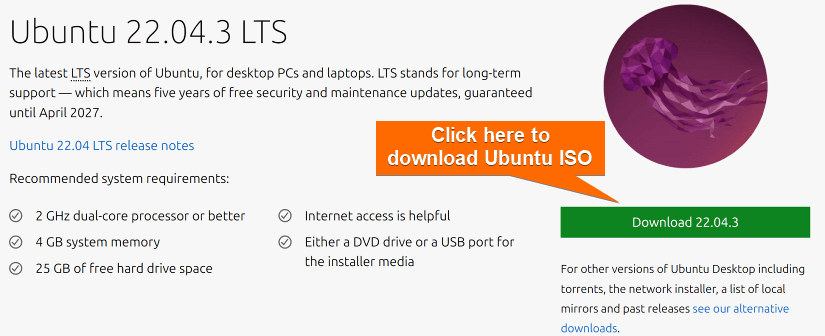

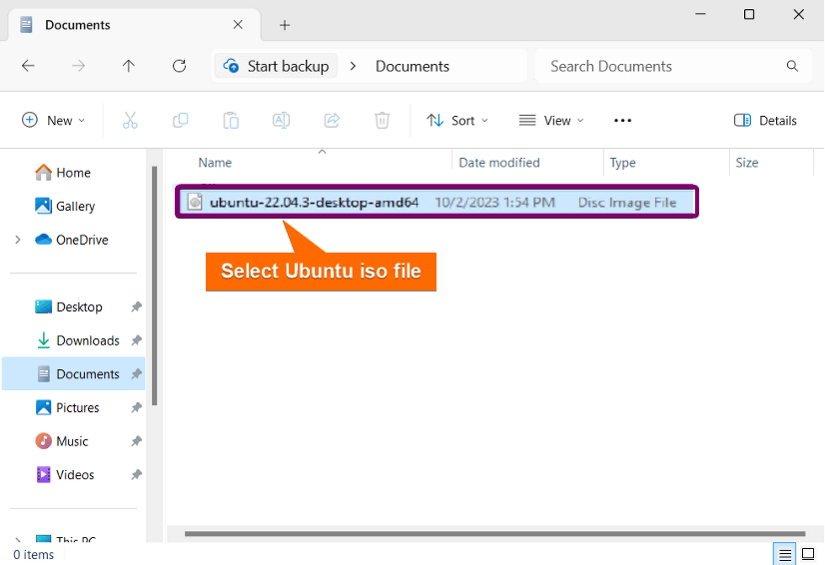
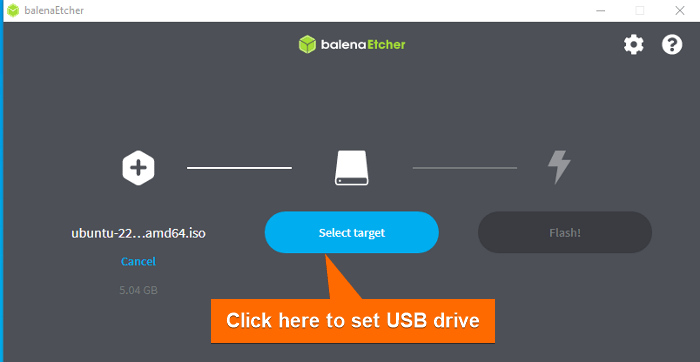
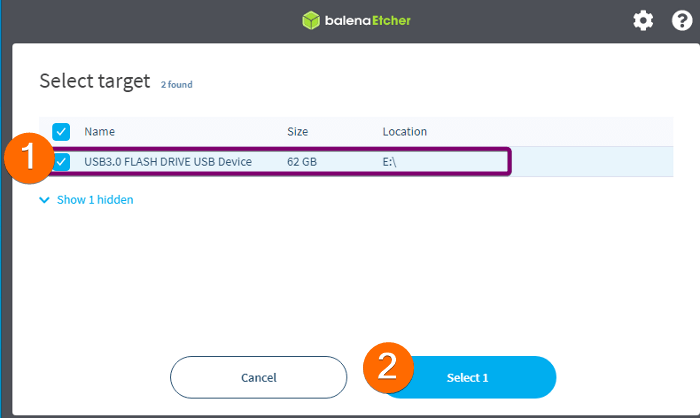
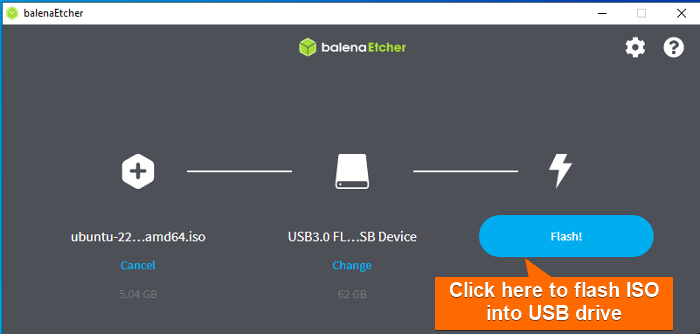 After that, Etcher will flash the ISO file into your USB drive and make it bootable.
After that, Etcher will flash the ISO file into your USB drive and make it bootable.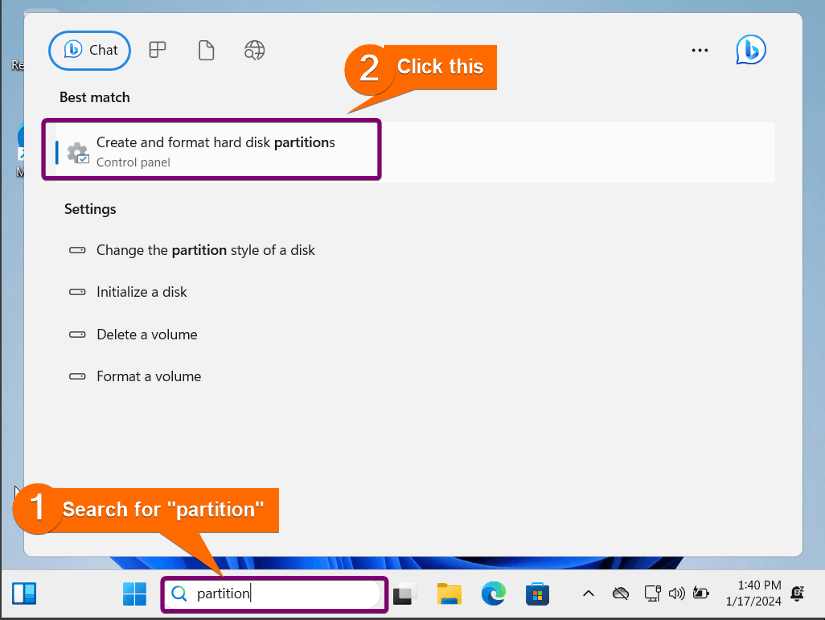
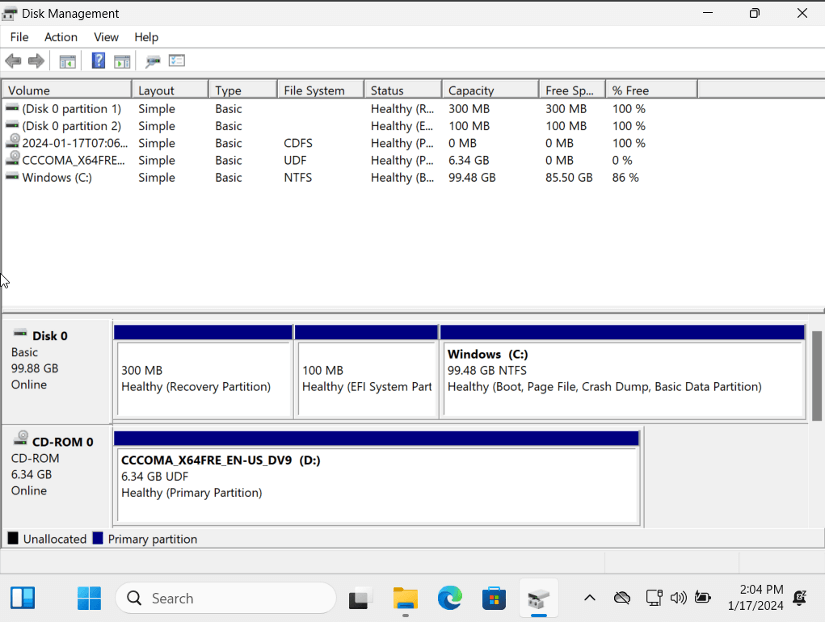
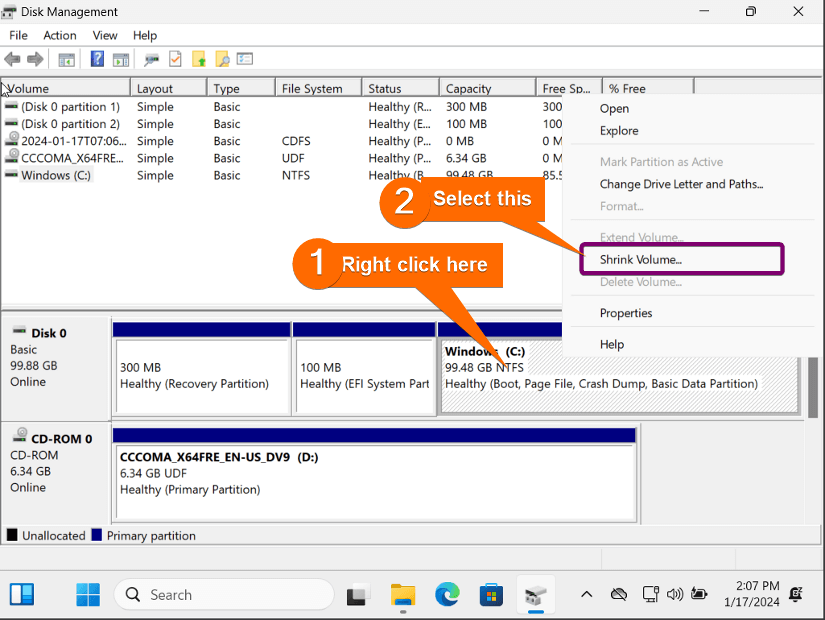
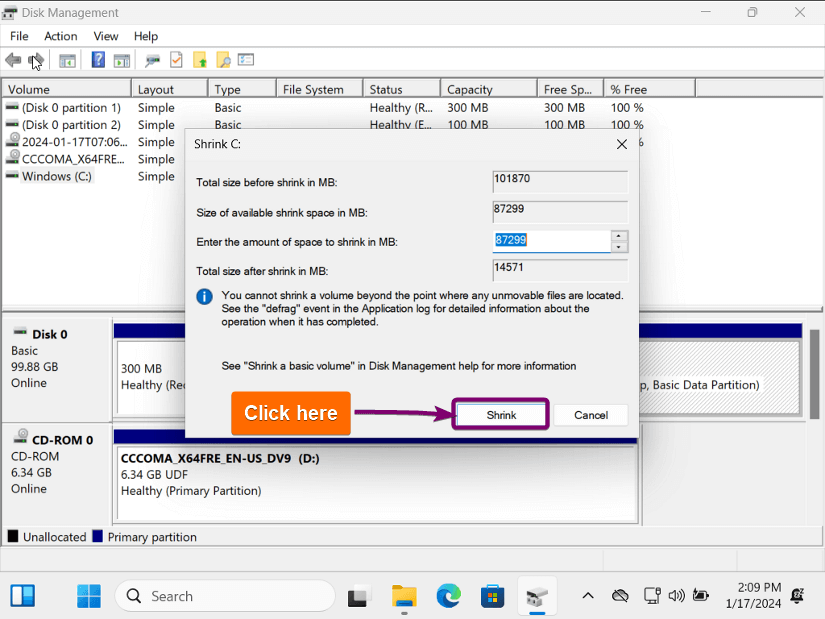 This will create a new partition from the available free space in (C:) drive.
This will create a new partition from the available free space in (C:) drive.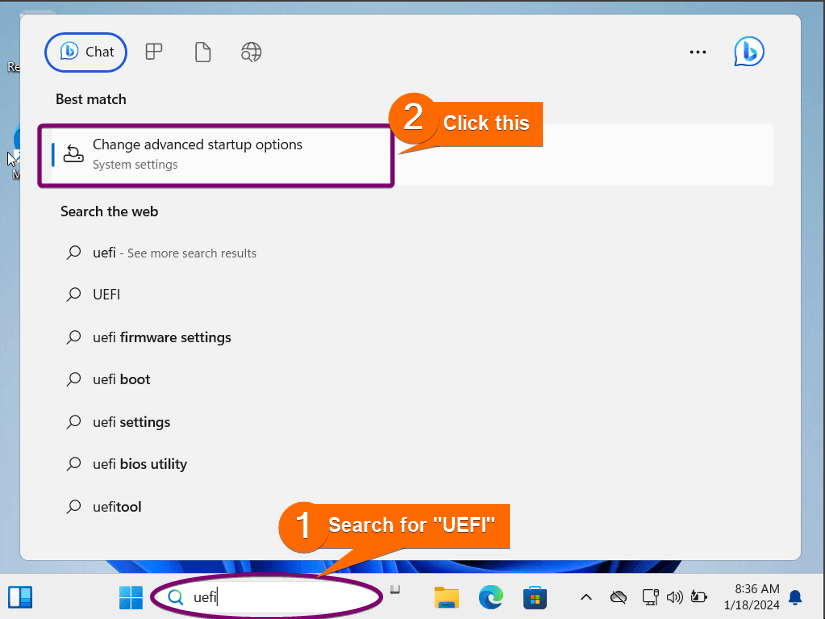
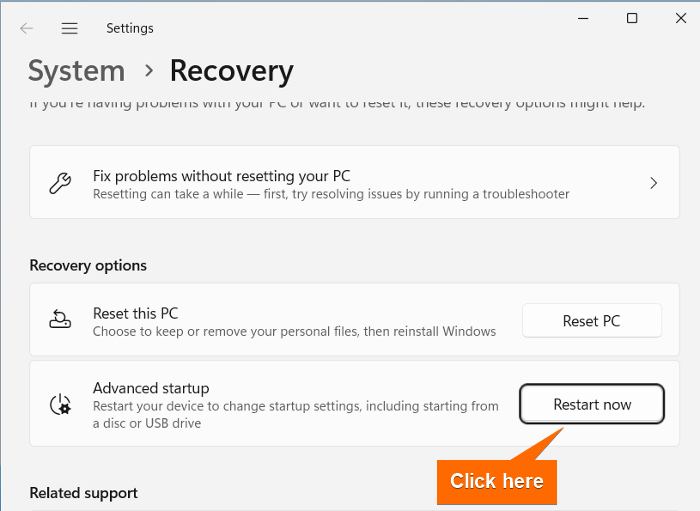
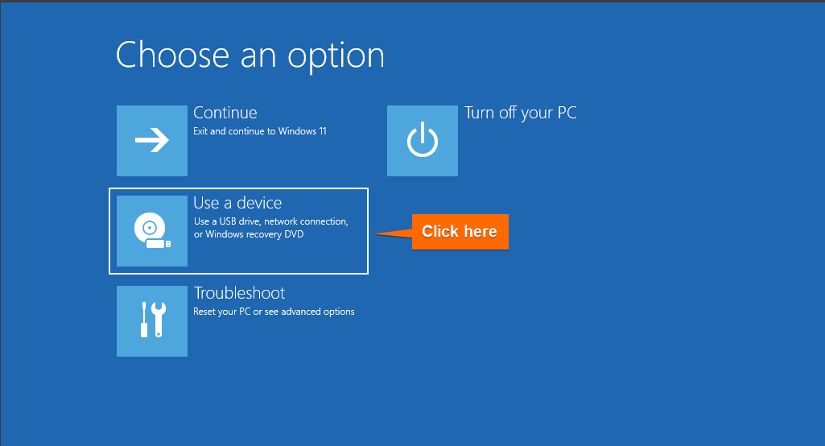
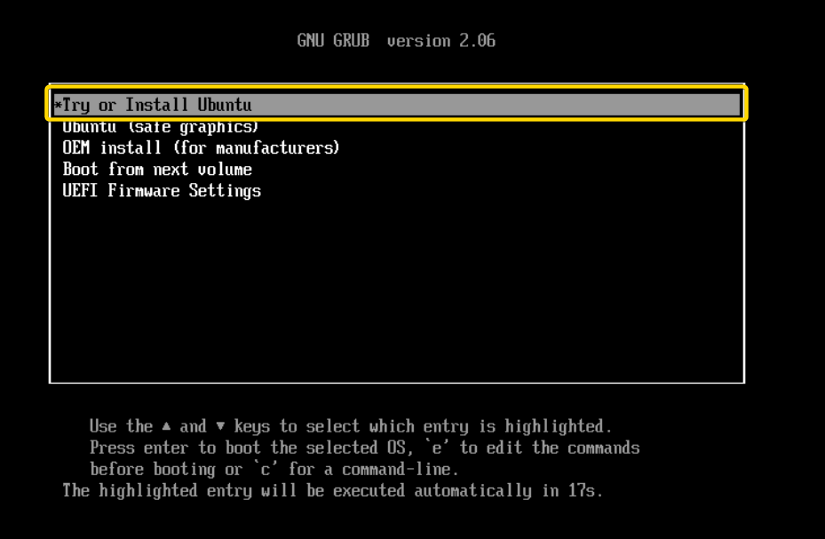
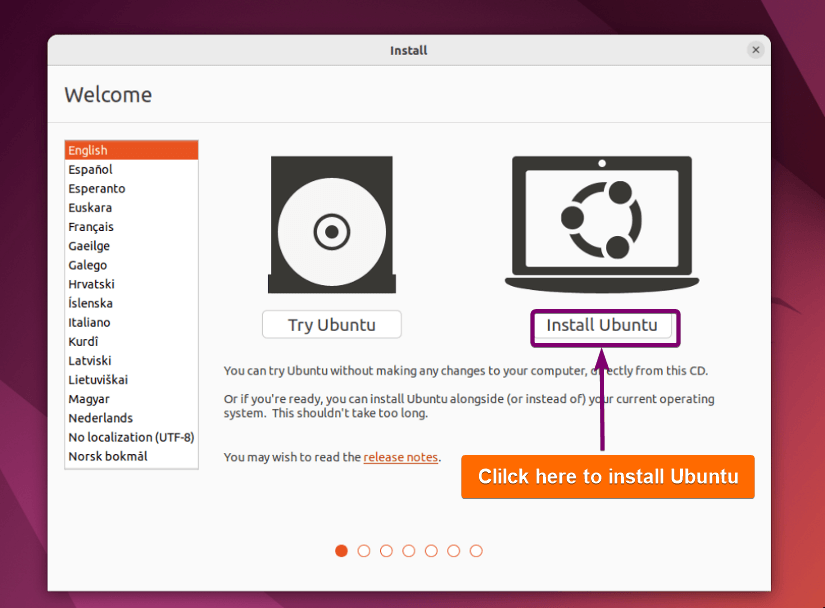
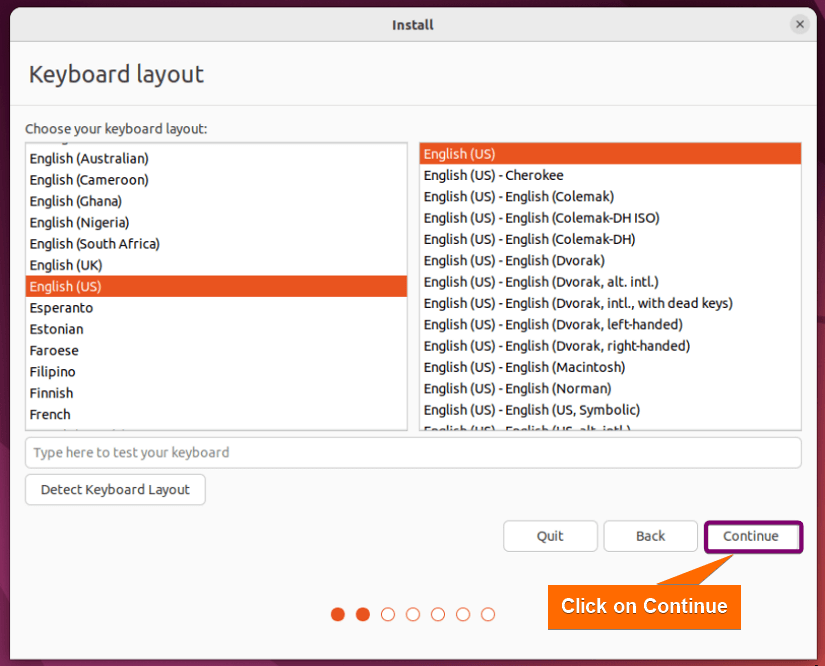
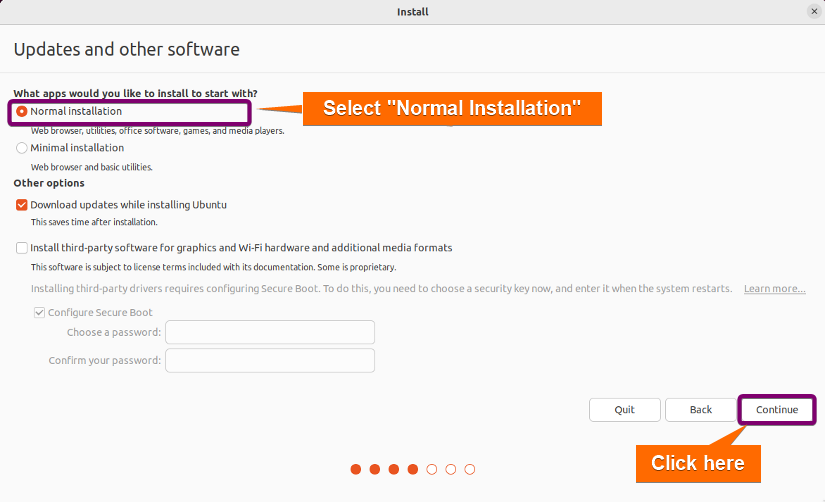
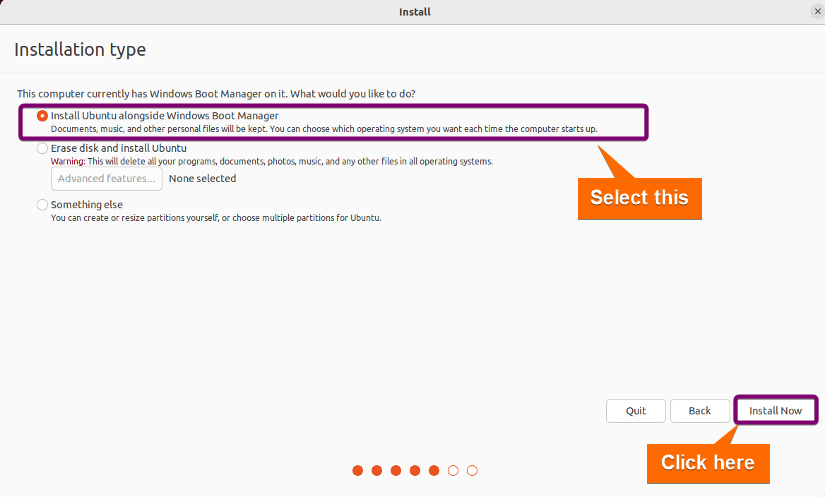
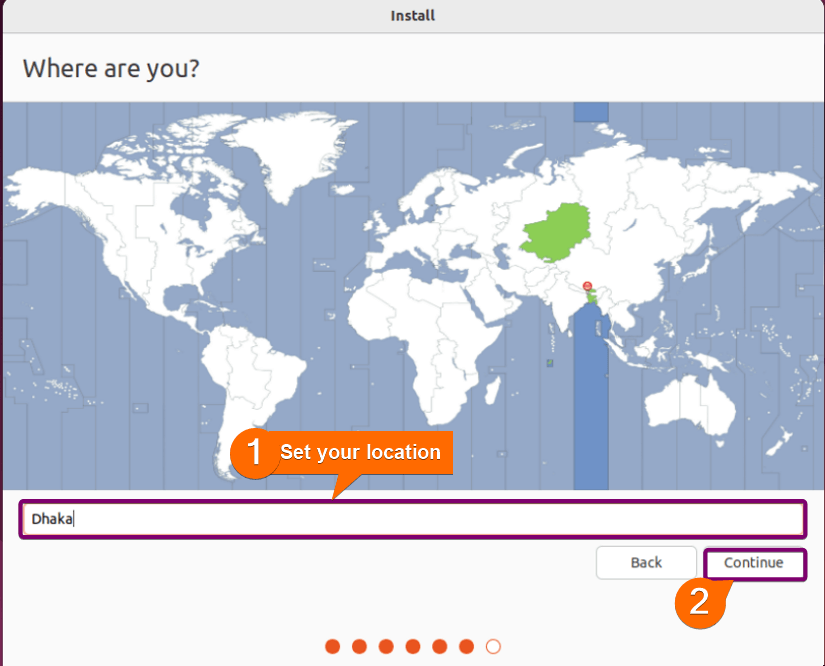


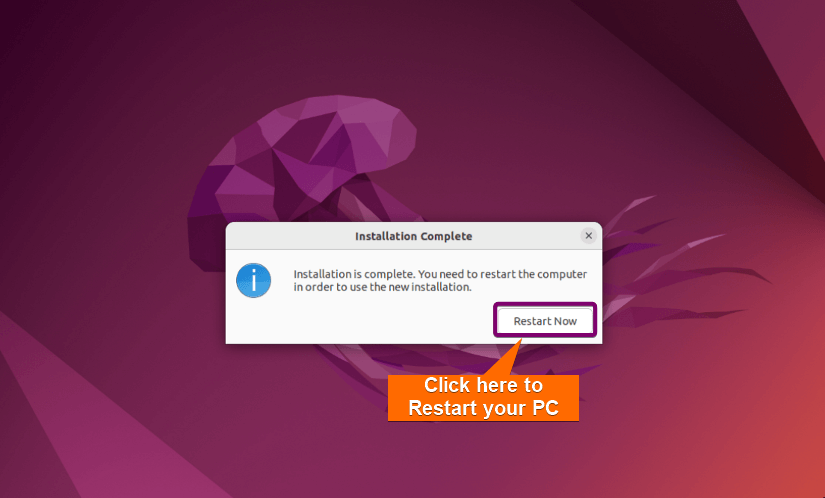
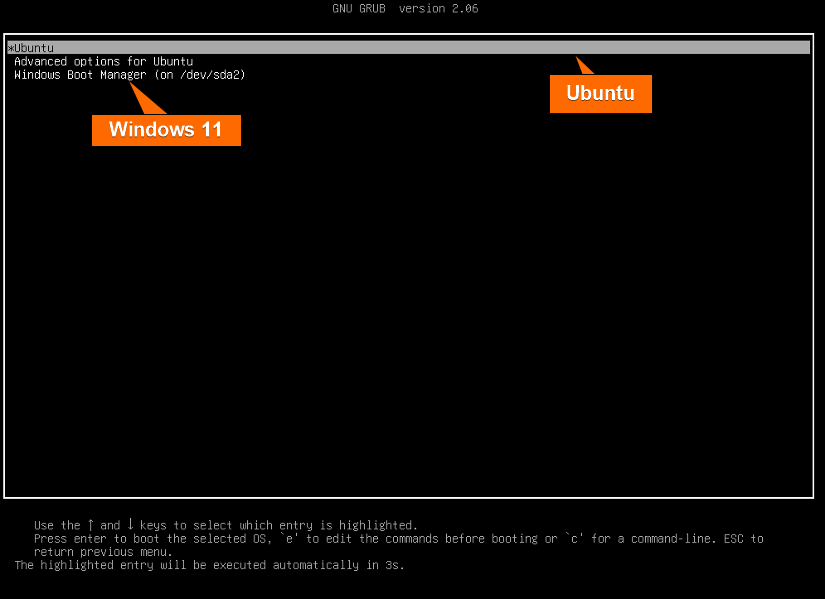




Great guide! The step-by-step instructions were easy to follow, and I appreciate the tips for partitioning the drives. I successfully dual booted Windows 11 and Ubuntu without any issues. Thanks for sharing!
Great guide! The step-by-step instructions made it really easy to follow along. I appreciated the tips on partitioning—definitely saved me some headaches. Looking forward to trying out Ubuntu alongside Windows 11!